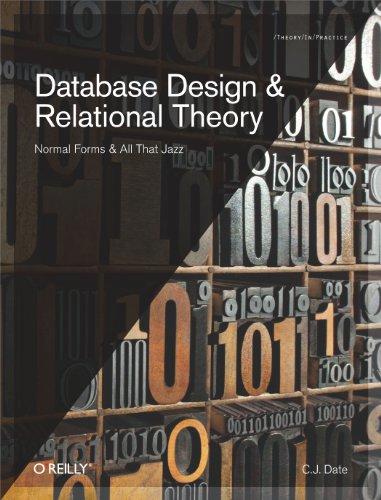
Consider there are seven processes running on a single-core processor machine. The following table shows the arrival times and CPU burst times of the seven processes. Assume new processes always arrive just before the clock tick arrived, e.g., att-10, B has arrived and been added to the ready queue. Arrival Time 0 10 15 25 50 85 90 CPU Time 75 60 35 15 Process 15 45 b. (1) Consider another system using a variant of the Multilevel Feedback Queues (MLFQ) scheduling policy. This MLFQ system adopts the following set of rules: . It has 3 priority levels with level 3 as the highest priority and level 1 is the lowest * For level 3, its time quantum is set to 15 time-units; for level 2, it is set to 30 time-units; for level 1, it is set to 45-time units. Furthermore, assume the context switching time is 5 time-units . Once a process uses up its time quantum at a given level, its priority is reduced (i.e., it moves down one queue) Once a process is scheduled to be executed by the processor, it will only be switched out by the scheduler if its time quantum has reached, i.e., it will not be preempted by the arrival of higher priority processes. i. Draw the time-line diagram illustrating the execution of those processes under this MLFQ policy ii. What is the average turnaround time for the processes? iii. What is the average waiting time for the processes? iv. What is the average response time for the processes? Consider there are seven processes running on a single-core processor machine. The following table shows the arrival times and CPU burst times of the seven processes. Assume new processes always arrive just before the clock tick arrived, e.g., att-10, B has arrived and been added to the ready queue. Arrival Time 0 10 15 25 50 85 90 CPU Time 75 60 35 15 Process 15 45 b. (1) Consider another system using a variant of the Multilevel Feedback Queues (MLFQ) scheduling policy. This MLFQ system adopts the following set of rules: . It has 3 priority levels with level 3 as the highest priority and level 1 is the lowest * For level 3, its time quantum is set to 15 time-units; for level 2, it is set to 30 time-units; for level 1, it is set to 45-time units. Furthermore, assume the context switching time is 5 time-units . Once a process uses up its time quantum at a given level, its priority is reduced (i.e., it moves down one queue) Once a process is scheduled to be executed by the processor, it will only be switched out by the scheduler if its time quantum has reached, i.e., it will not be preempted by the arrival of higher priority processes. i. Draw the time-line diagram illustrating the execution of those processes under this MLFQ policy ii. What is the average turnaround time for the processes? iii. What is the average waiting time for the processes? iv. What is the average response time for the processes







